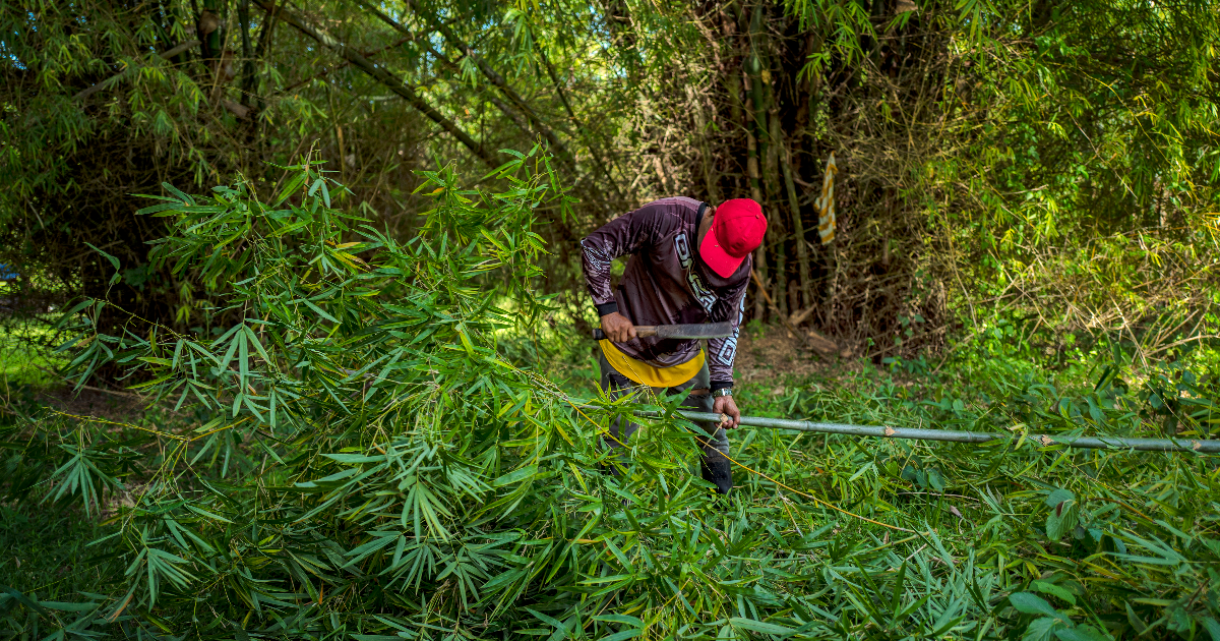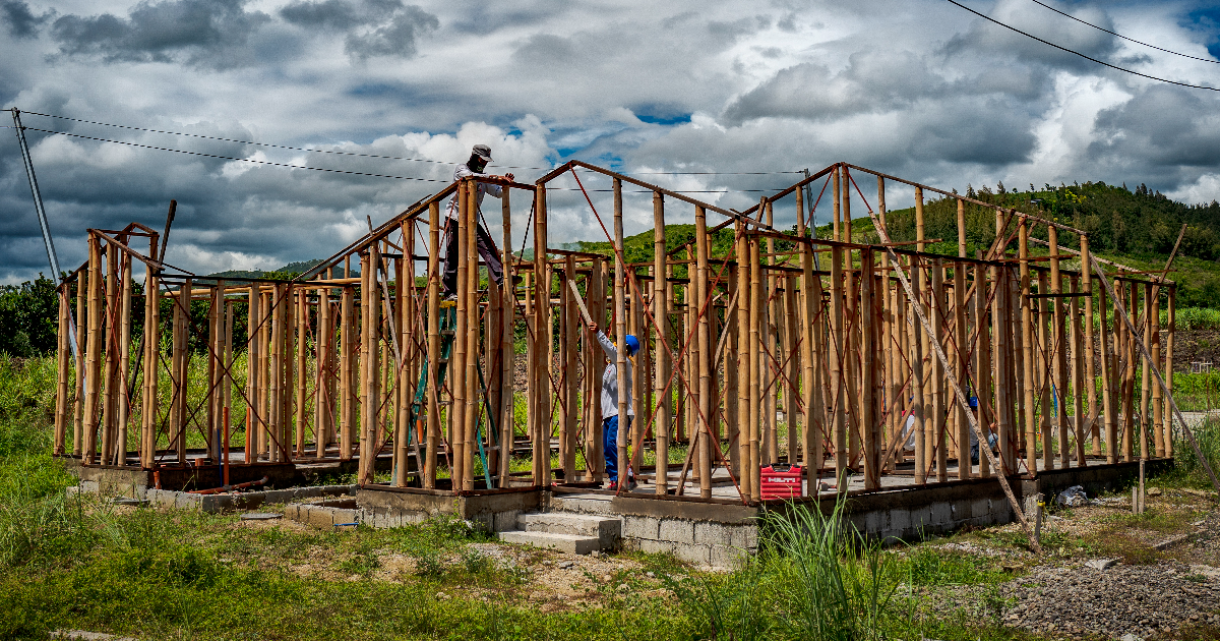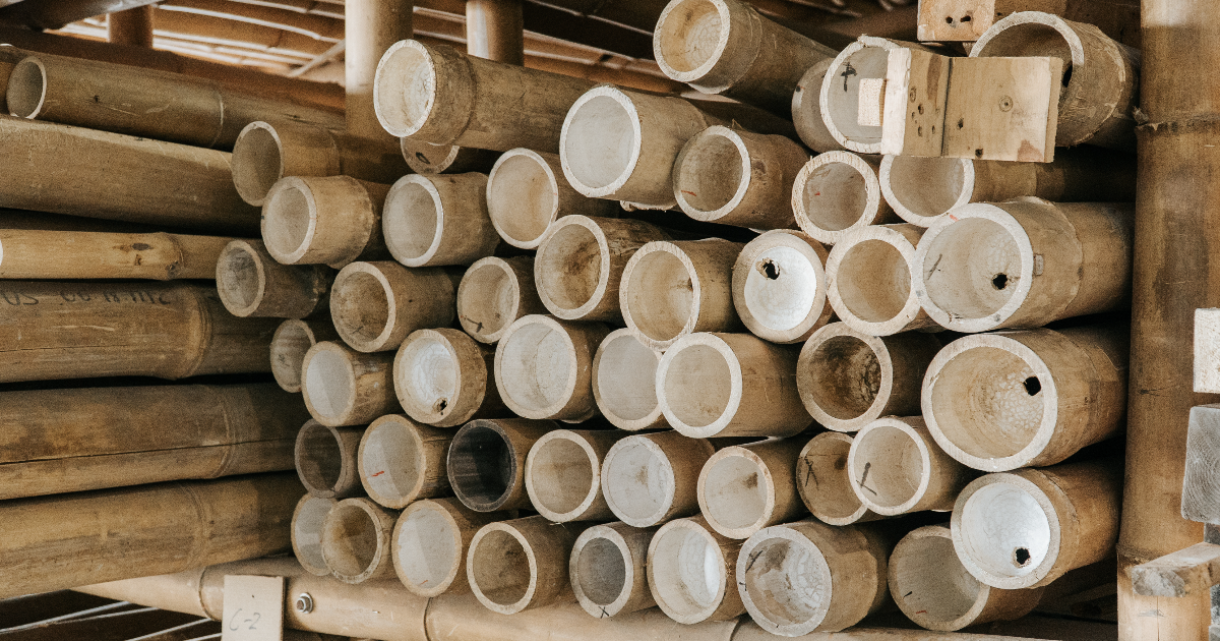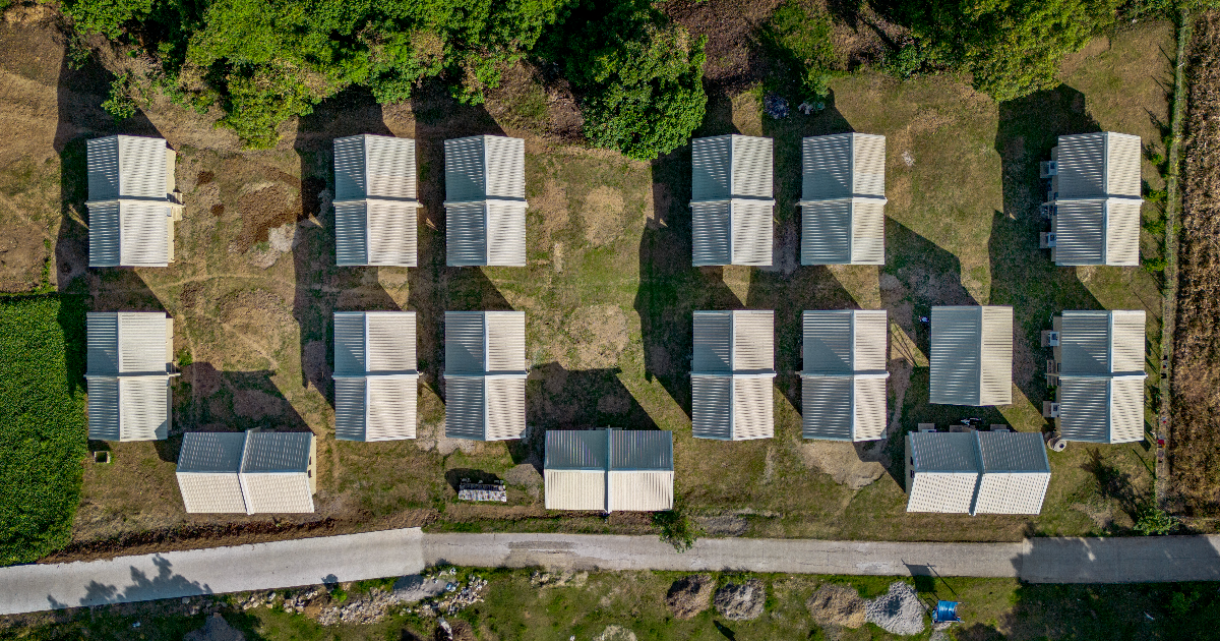Engaging in Sustainable Construction through Training and Learning Programs
Sustainability has gained significant importance in recent years across various industries, including the construction sector. As the world grapples with climate change and growing concerns about environmental impact, the need for the construction industry to adopt sustainable practices has become more urgent than ever. One possible strategy to attain sustainability is through training and learning programs that provide professionals with the information and skills required for sustainable construction.
As part of BASE’s commitment to engage more institutions in sustainable practices, the organization provides training programs to workers, professional builders, students, researchers, and bamboo enthusiasts.
Continuing Professional Development (CPD) Program
BASEis an accredited CPD provider by the Professional Regulation Commission (PRC) since 2021.
Under its Bamboo Academy program, BASE resident experts equip professionals with knowledge and skills about the proper application of the Cement-Bamboo Frame Technology as well as an overview of the bamboo codes and standards. This program also provides free learning modules for architects, and civil engineers. The Foundation aims to lead in bamboo-based research and technology, driving its integration into mainstream construction.
Currently, BASE has conducted 10 CPD Programs attended by over 1,000 professional builders. Aside from in-person training programs, BASE also conducts online sessions to cater more builders.
As BASE continues to work with the Association of Structural Engineers of the Philippines (ASEP) on the inclusion of bamboo in the National Structural Code of the Philippines (NSCP), the organization is more eager to encourage other institutions and professionals on bamboo construction. Promoting sustainable construction through comprehensive training and learning programs is also crucial for the long-term viability of the construction industry.
Technical Skills Training to Workers
Prior to the start of any construction, BASE conducts technical skills training to workers and ensures the proper application of CBFT on every step of the process. This is to ensure the quality of structures being built.
BASE also provides TESDA accredited programs on Carpentry and Masonry. These accreditations can be used by every worker even after finishing the BASE project, which helps them to be engaged on more construction projects and eventually generate income for their family.
Beyond skills training, workers were also equipped with knowledge on using Hilti tools through representatives of the Hilti Philippines, which is one of BASE’s committed partners in all its construction projects.
Base Bahay Foundation, Inc (BASE) is the pioneer of Cement-Bamboo Framework in the Philippines. BASE builds affordable and disaster-resilient structures using bamboo-based technology. Through continuous research in the Base Innovation Center (BIC), BASE is optimizing the technology and looking for new applications outside its standard model. BASE also offers training courses under its Bamboo Academy program to share the alternative building technologies, provide further knowledge about bamboo, and engage other institutions in sustainable construction. Learn more about BASE!





